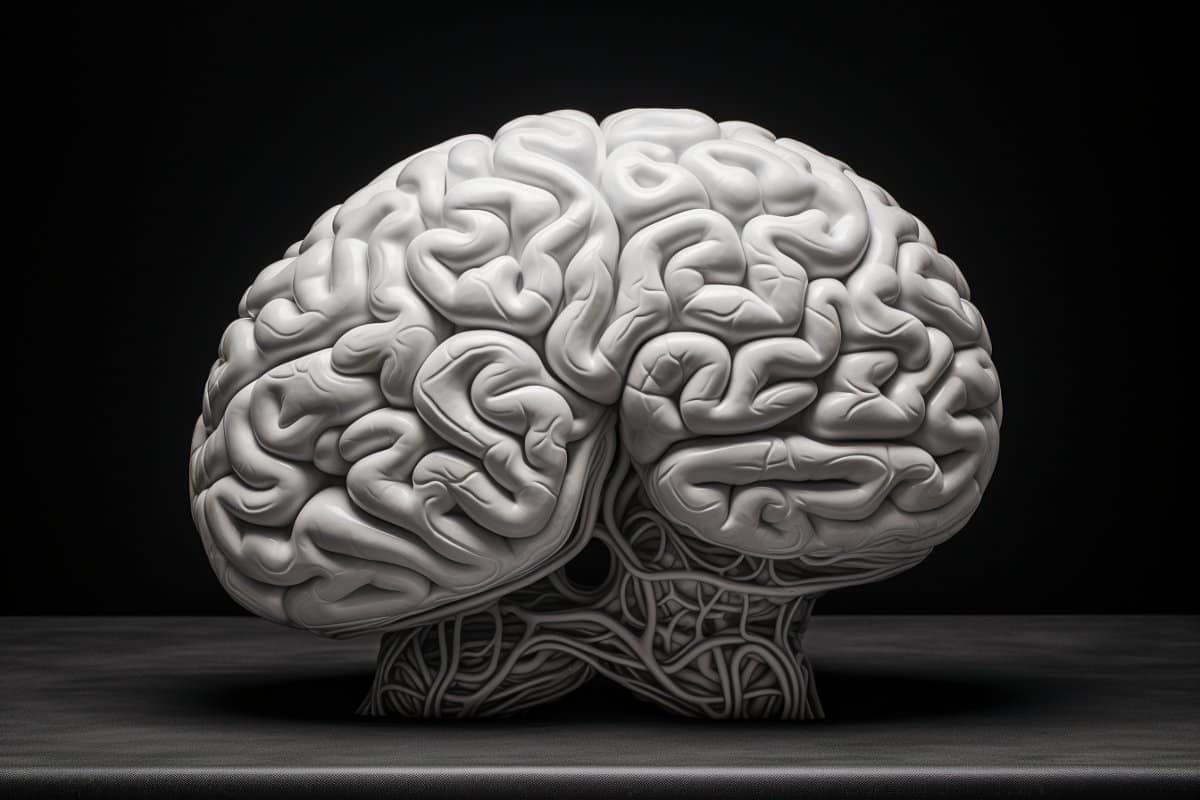Identification of Specific Cell Types in Mammalian Brains Responsible for High Mercury Levels

The date is January 4, 2024
This piece of writing underwent an extensive review process, adhering to the editorial process and policies of Science X. Our editors have ensured validity by closely examining these attributes:
- The facts have been cross-checked
- Information is sourced from trusted personnel
- The text has been proofread
Cheryl Pierce, Purdue University, has contributed to this article.
In most of its chemical forms, exposure to mercury (Hg) can be extremely neurotoxic. Researchers studying mercury compounds are also exposed to potential Hg risks. For instance, acclaimed physicist Michael Faraday suffered from Hg poisoning stemming from prolonged vulnerability to Hg vapours, resulting in cessation of his research at 49 due to health deterioration. Similarly, lab chemist Karen Wetterhahn succumbed to dimethylmercury poisoning after a few drops made contact with her latex-gloved hand.
A slew of studies have concentrated on the exposure and impacts of Hg, primarily in aquatic lifeforms. It's a given that individuals should moderate specific fish consumption, such as tuna, due to their mercury content. This brings up a question: can mercury ions infiltrate the brains of land-based animals?
Initially, Dr. Yulia Pushkar, Physics and Astronomy professor at Purdue University's College of Science, was doubtful. She has been running a brain imaging program at Purdue University since 2008. Her team, proficient in sample preparation, measurements and data analysis, is sought after by researchers in the U.S. and worldwide, most recently Australia.
The task assigned to Pushkar's research group was to probe for Hg in mongoose brains obtained from Okinawa Island. Unexpectedly, brain scans disclosed the presence of mercury in these invasive creatures. The research group advanced the scans to a resolution of a few tens of nanometers to scrutinize the affected brain cells. The results of their collective research was disclosed recently in Environmental Chemistry Letters.
How mercury penetrates the mongoose brain still remains a conundrum. Potential sources could be the water these animals drink, bird eggs they consume, exposure to minerals, or the surrounding air. One certainty is that this discovery is alarming.
Pushkar elucidates, 'Hg is highly toxic even in minimal concentrations because it can bind to and disrupt the functioning of vital biomolecules. The detoxification efficiency relies on the uptake and binding constant inside detected accumulations and probable leakage if brain cells die. Currently, no viable method to safely dissolve these aggregates in the tissue exists, nor are there any records of reversing Hg poisoning in the neural system. We must prioritize avoiding such exposure, especially chronic ones similar to Faraday's case.'
Pushkar notes, 'I doubted whether any Hg detection was possible. Normally, neurotoxic elements present in the brain are in very low concentrations. We brought these samples to the Advanced Photon Source at Argonne National Laboratory where the brains were subjected to potent X-rays. Contrary to my skepticism, the Hg signal was evident.'
Researching across brain samples, scientists began identifying brain areas with higher Hg content. After a three-year study, including five visits to two national synchrotron facilities (Advanced Photon Source at Argonne National Laboratory and NSLS-II at Brookhaven National Laboratory), they discovered specific brain cells - choroid plexus cells (comprising the blood cerebrospinal fluid barrier) and subventricular zone astrocytes - containing Hg-rich puncta (~0.5–2 microns in size).
Pushkar's research team hypothesizes these cells aid in blood and brain tissue Hg filtration, stored with the assistance of another element, Selenium (Se). The specific Se biological molecules that bind with Hg are yet to be identified.
The team for this publication includes Pavani Devabathini, Gabriel Bury (both graduate students) and Darrell Fischer (a former undergraduate student, currently enrolled at Harvard graduate school). The whole team collected the data, analyzed by Devabathini and Fischer. Following data analysis, all members contributed to the publication's writing.
The discovery is of environmental importance for monitoring in terrestrial animals. It also presents new strategies for tracking Hg in brain cells that could potentially influence human health and safety.
'Human activities result in the emission of 2,000 metric tons of mercury compounds annually and we do not fully understand where all this neurotoxic Hg ends up,' says Pushkar. 'Most studies so far focused on marine biota (fish and whales) but apparently terrestrial species are also affected. We expect the human brain reacts to Hg in a similar fashion via interactions with cells of choroid plexus and astrocytes. However, we do not know if the human brain has enough Se-containing biomolecules to bind to Hg.'
Provided by Purdue University




